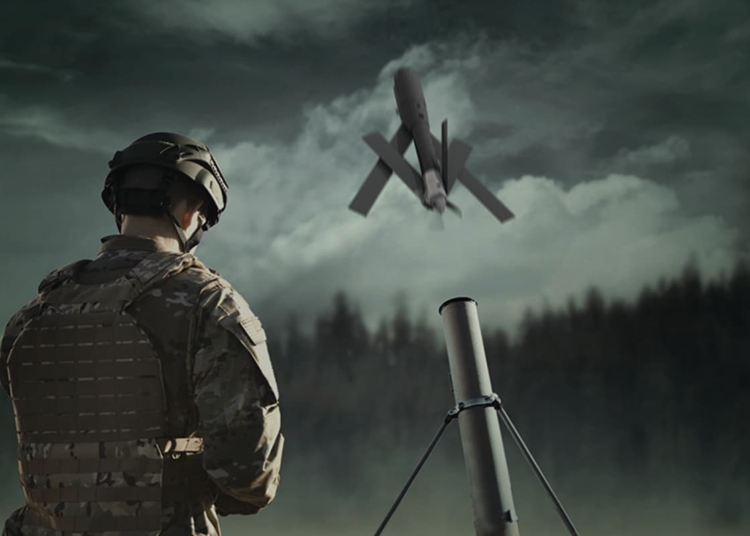In recent years, military technology has been rapidly evolving, and one of the most significant developments in this field is the emergence of military drones. These unmanned aerial vehicles (UAVs) have proven to be a game-changer in modern warfare, offering new opportunities and changing the nature of military operations. This article explores the innovative features of military drones and their impact on modern warfare. Military drones provide enhanced surveillance and reconnaissance capabilities to armed forces, allowing them to gather vital intelligence and monitor enemy activities without risking human lives. Equipped with high-resolution cameras and other advanced sensors, drones can capture real-time imagery and video footage of the battlefield, providing commanders with valuable situational awareness. Another significant advantage of military drones is their ability to carry out precision strikes with minimal collateral damage. Armed drones can accurately target and eliminate high-value targets, including terrorist leaders, without putting soldiers in harm’s way. With the increasing prevalence of urban warfare, military forces need effective tools to gather intelligence and surveil hostile environments. Drones play a crucial role in this scenario, as they can navigate tight spaces and transmit real-time data to command centers. Military drones also contribute significantly to force protection and counterterrorism efforts. By providing continuous surveillance over military installations and border areas, drones can detect and deter threats more effectively. Military drones offer a cost-effective solution for armed forces, as they reduce the need for expensive manned aircraft and human resources. Moreover, these drones can be deployed for various humanitarian purposes, such as search and rescue missions, disaster management, and delivering essential medical supplies to remote or inaccessible areas. The advent of military drones has revolutionized modern warfare by providing unique capabilities and advantages to armed forces. From enhanced surveillance and precision strikes to improved force protection and humanitarian applications, these innovative devices have proven to be game-changers in military operations.
Innovative Military Drones: A Game-Changer in Modern Warfare
Introduction
In recent years, military technology has been rapidly evolving, and one of the most significant developments in this field is the emergence of military drones. These unmanned aerial vehicles (UAVs) have proven to be a game-changer in modern warfare, offering new opportunities and changing the nature of military operations. This article explores the innovative features of military drones and their impact on modern warfare.
1. Enhanced Surveillance and Reconnaissance Abilities
Military drones provide enhanced surveillance and reconnaissance capabilities to armed forces, allowing them to gather vital intelligence and monitor enemy activities without risking human lives. Equipped with high-resolution cameras and other advanced sensors, drones can capture real-time imagery and video footage of the battlefield, providing commanders with valuable situational awareness. This information helps to make informed decisions, plan military operations more effectively, and gain a competitive edge over adversaries.
2. Precision Strikes and Offensive Capabilities
Another significant advantage of military drones is their ability to carry out precision strikes with minimal collateral damage. Armed drones can accurately target and eliminate high-value targets, including terrorist leaders, without putting soldiers in harm’s way. The advanced targeting systems and guided missile technology installed on these drones ensure that the strikes are highly accurate, reducing the risk of civilian casualties and minimizing the impact on infrastructure.
3. Intelligence, Surveillance, and Reconnaissance (ISR) for Urban Warfare
With the increasing prevalence of urban warfare, military forces need effective tools to gather intelligence and surveil hostile environments. Drones play a crucial role in this scenario, as they can navigate tight spaces and transmit real-time data to command centers. This information helps in identifying enemy positions, detecting hidden threats, and planning tactical operations, ultimately saving lives and increasing the operational efficiency of military forces.
4. Improved Force Protection and Counterterrorism
Military drones contribute significantly to force protection and counterterrorism efforts. By providing continuous surveillance over military installations and border areas, drones can detect and deter threats more effectively. Their ability to fly long durations without the need for fuel or rest allows for continuous monitoring and rapid response to potential security breaches. Moreover, armed drones can neutralize hostile targets swiftly, reducing the risk posed to troops on the ground.
5. Cost-Effectiveness and Humanitarian Applications
Military drones offer a cost-effective solution for armed forces, as they reduce the need for expensive manned aircraft and human resources. Moreover, these drones can be deployed for various humanitarian purposes, such as search and rescue missions, disaster management, and delivering essential medical supplies to remote or inaccessible areas. Their versatility makes them invaluable tools not only in warfare but also for addressing critical societal challenges.
Conclusion
The advent of military drones has revolutionized modern warfare by providing unique capabilities and advantages to armed forces. From enhanced surveillance and precision strikes to improved force protection and humanitarian applications, these innovative devices have proven to be game-changers in military operations. As technology continues to advance, it is likely that drones will play an even more significant role in shaping the future of warfare.












